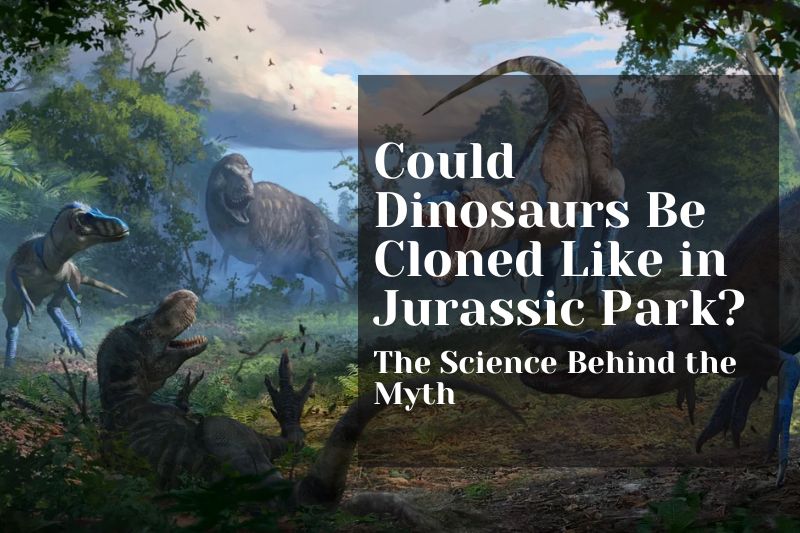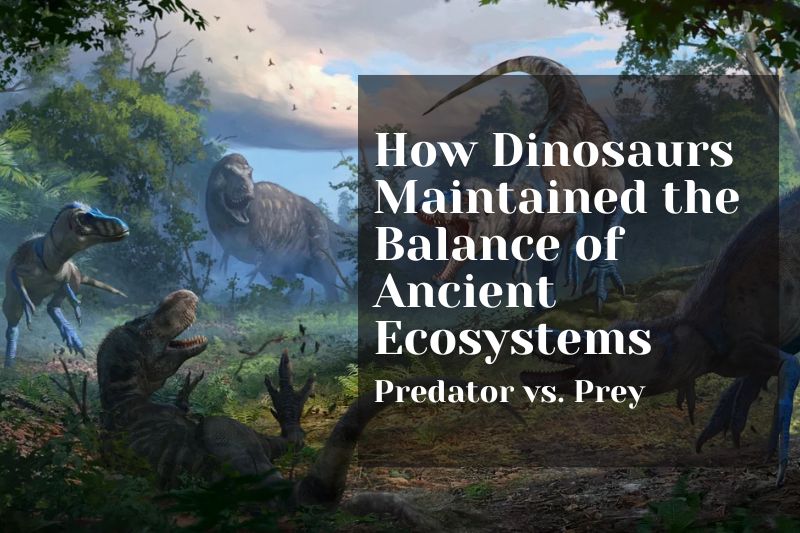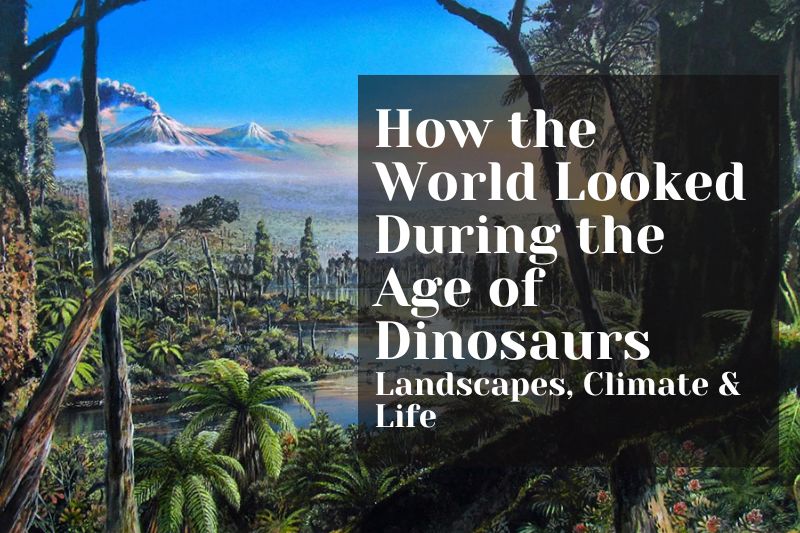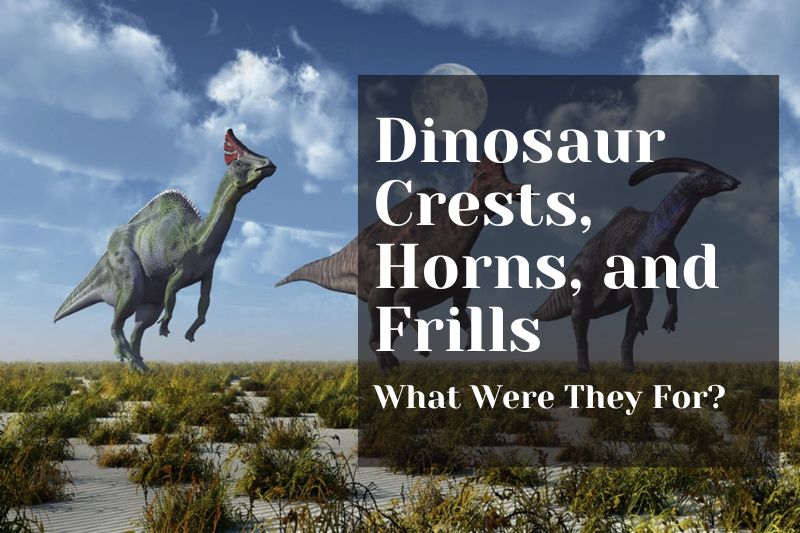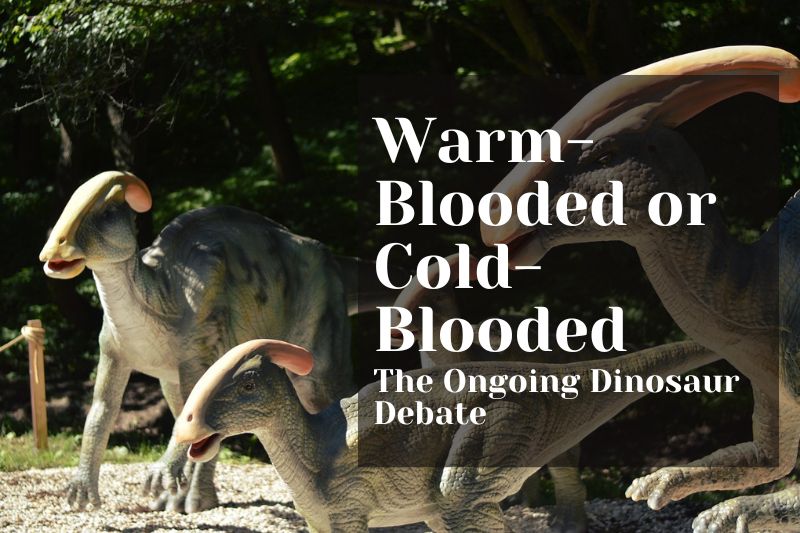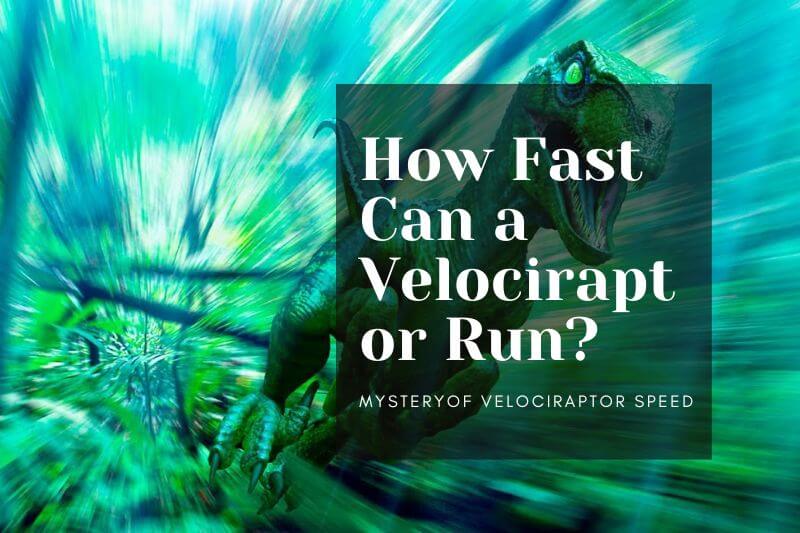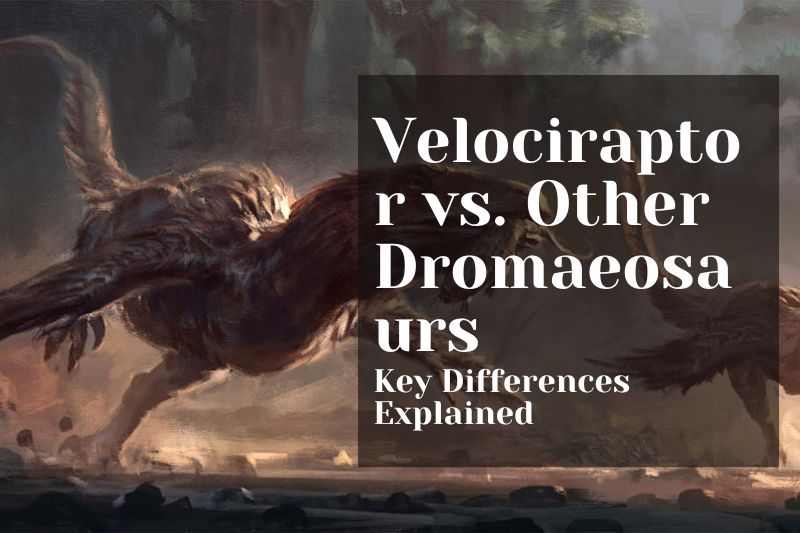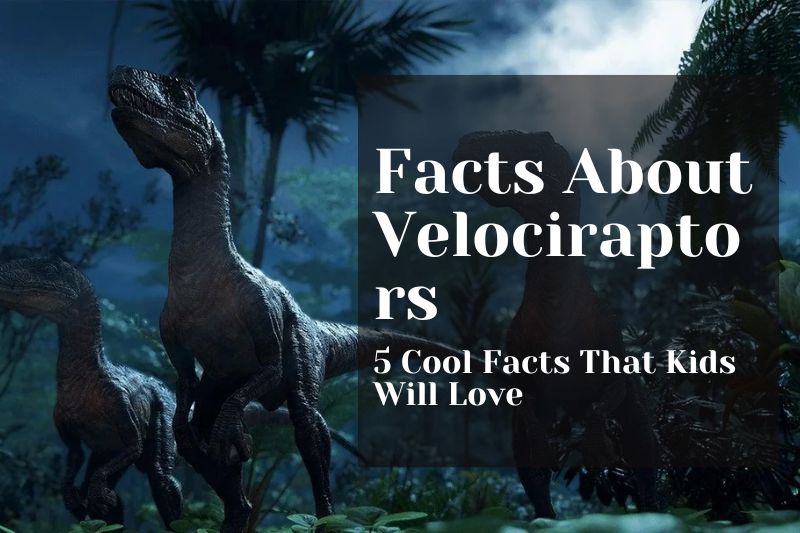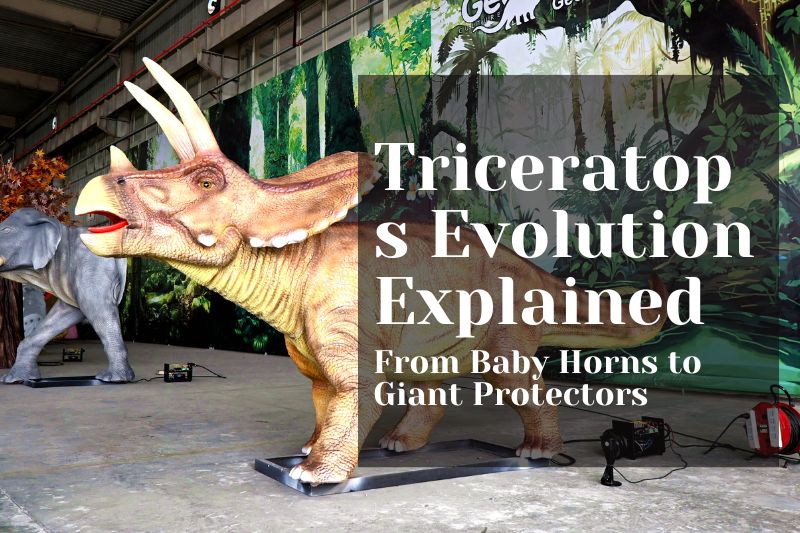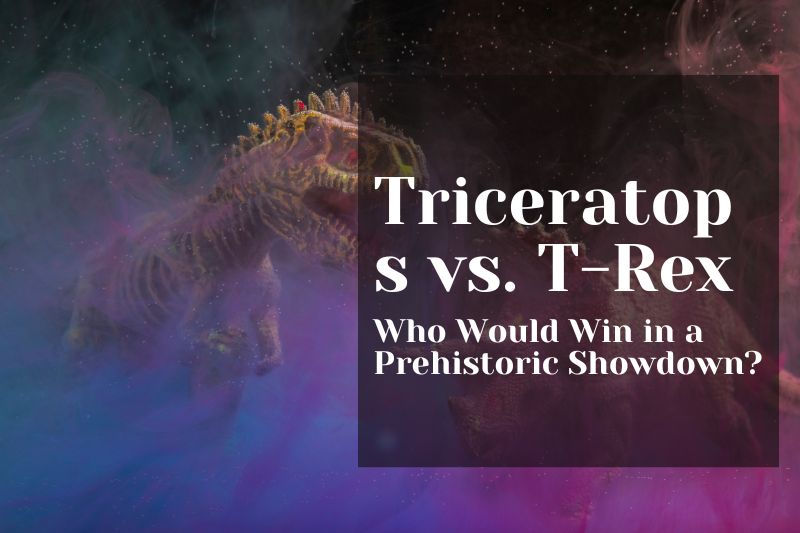Dinosaur Myths vs. Facts: Debunking Common Misconceptions
Date:2025/01/13 Visits:1540
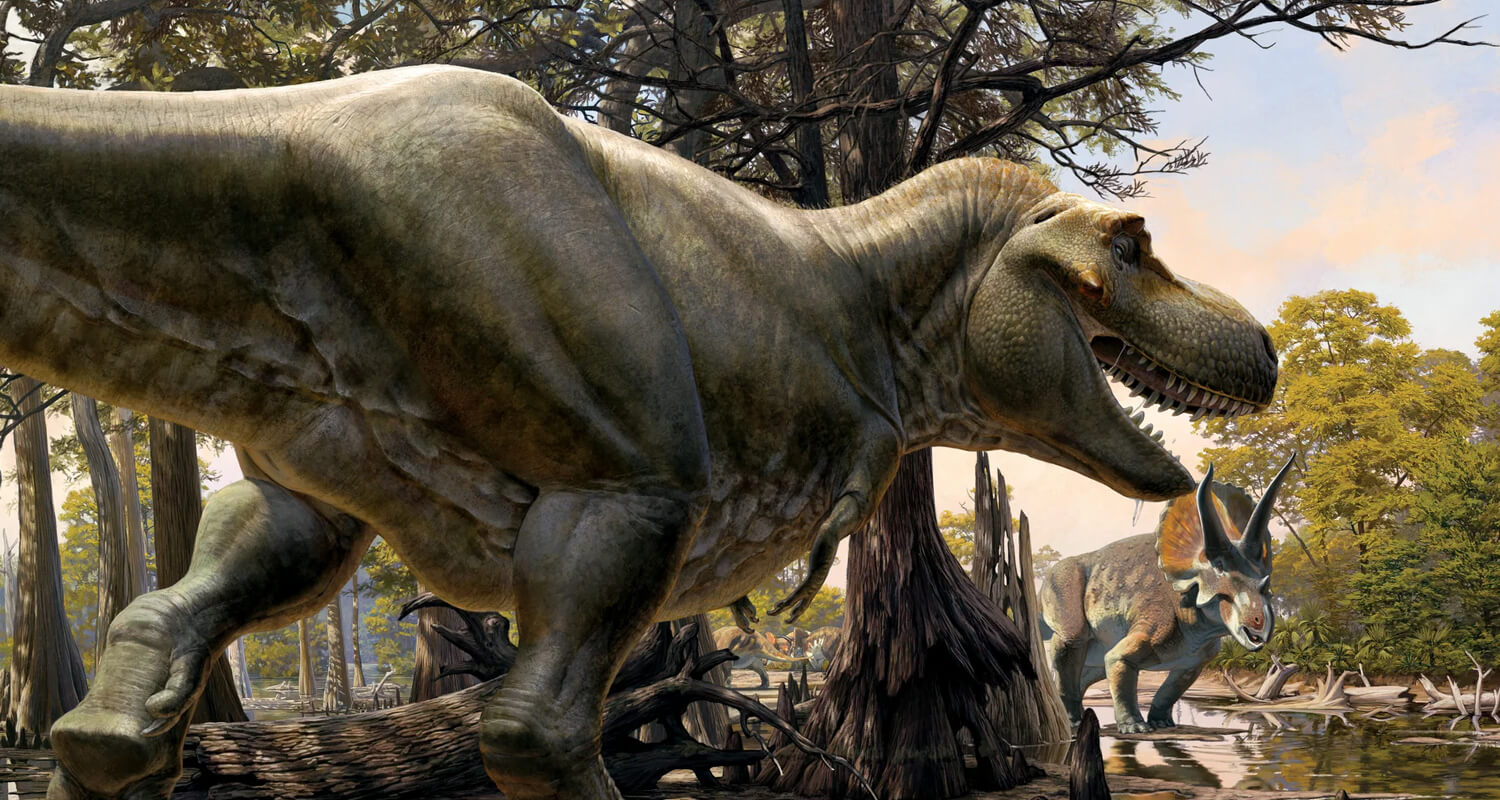 Dinosaurs have long captivated our imagination, from their colossal size to their fearsome nature. However, despite decades of scientific research and fossil discoveries, many myths and misconceptions about these ancient creatures persist. Whether perpetuated by movies, books, or simply word of mouth, it's easy to see why people still hold onto these misunderstandings. In this article, we'll set the record straight by debunking some of the most common dinosaur myths and presenting the fascinating facts behind them.
Dinosaurs have long captivated our imagination, from their colossal size to their fearsome nature. However, despite decades of scientific research and fossil discoveries, many myths and misconceptions about these ancient creatures persist. Whether perpetuated by movies, books, or simply word of mouth, it's easy to see why people still hold onto these misunderstandings. In this article, we'll set the record straight by debunking some of the most common dinosaur myths and presenting the fascinating facts behind them.
Myth 1: Dinosaurs and Humans Lived at the Same Time
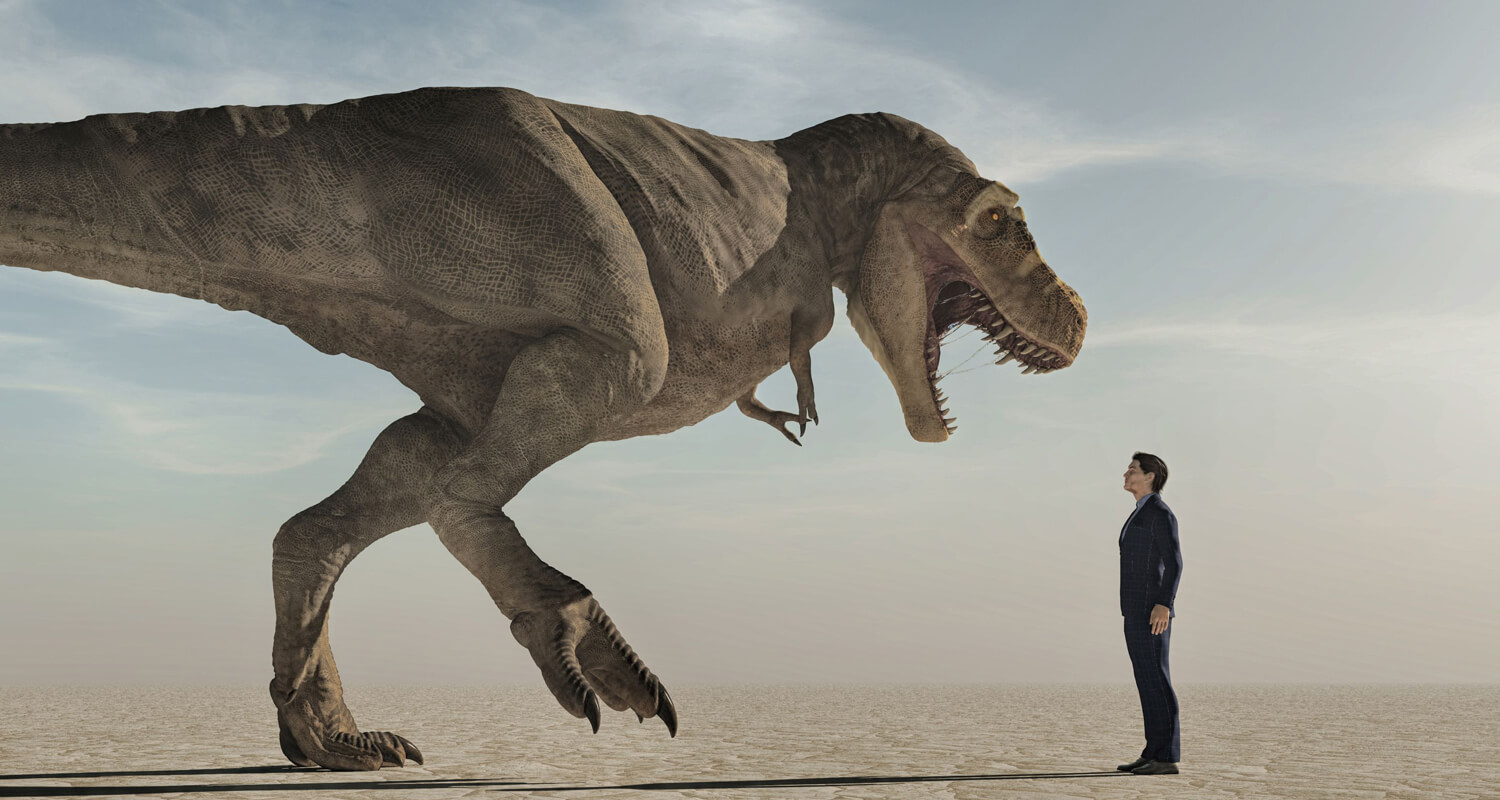 One of the most enduring myths about dinosaurs is the belief that humans and dinosaurs coexisted. This misconception likely stems from cartoons like The Flintstones and films like Jurassic Park that suggest humans lived alongside these prehistoric creatures.
One of the most enduring myths about dinosaurs is the belief that humans and dinosaurs coexisted. This misconception likely stems from cartoons like The Flintstones and films like Jurassic Park that suggest humans lived alongside these prehistoric creatures.
Fact: Dinosaurs went extinct around 65 million years ago at the end of the Cretaceous period. Humans, on the other hand, appeared much more recently — only about 200,000 years ago. There's a massive gap of time between the last dinosaurs and the emergence of Homo sapiens, with no overlap in their existence.
Myth 2: Dinosaurs Were All Huge, Ferocious Creatures
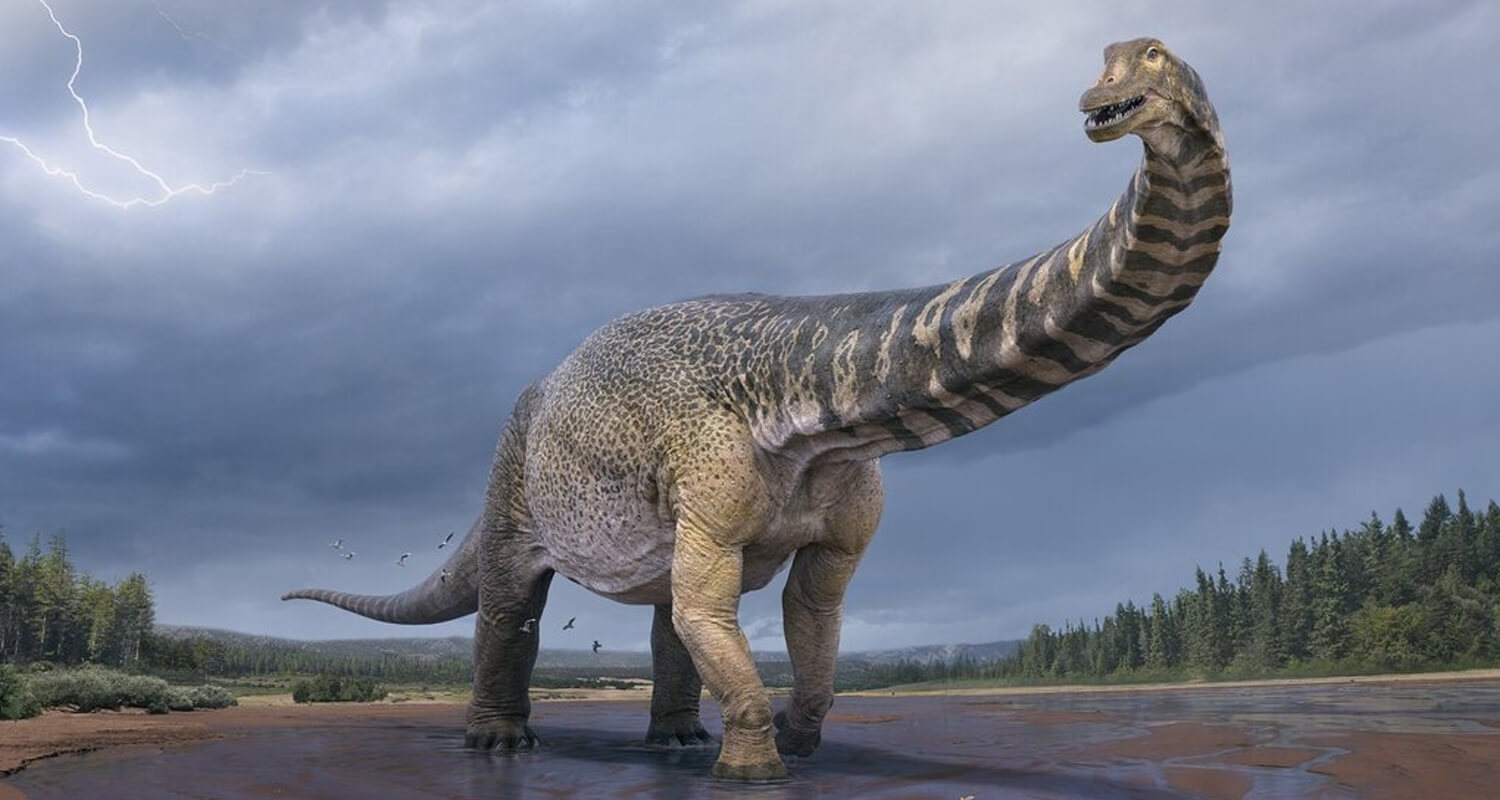 When most people picture dinosaurs, they imagine gigantic, terrifying beasts like Tyrannosaurus rex or Brachiosaurus. While these species were certainly large, it's a mistake to think that all dinosaurs were towering giants.
When most people picture dinosaurs, they imagine gigantic, terrifying beasts like Tyrannosaurus rex or Brachiosaurus. While these species were certainly large, it's a mistake to think that all dinosaurs were towering giants.
Fact: Dinosaurs came in a wide range of sizes, with many species being much smaller than the popular giants. For example, the Compsognathus, a small theropod, was about the size of a chicken, while the tiny Microceratus was only about 3 feet long. Additionally, many dinosaurs were herbivores, like the smaller Hypsilophodon, which relied on plants for sustenance instead of hunting other animals.
Myth 3: T. rex Had Very Poor Vision
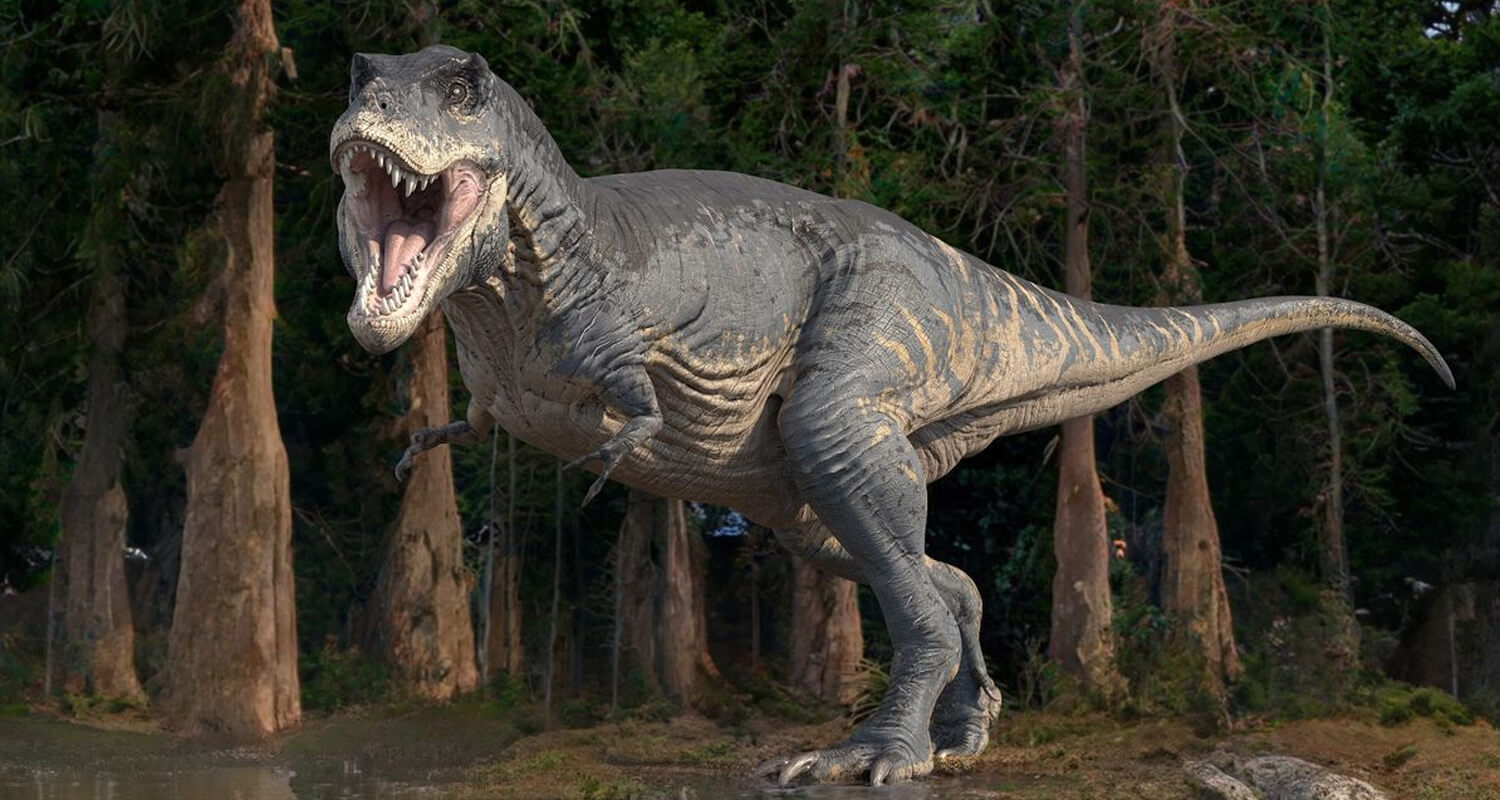 Thanks to films like Jurassic Park, the idea that T. rex had poor vision is a common misconception. The famous line "T. rex can't see you if you don't move" helped cement this myth.
Thanks to films like Jurassic Park, the idea that T. rex had poor vision is a common misconception. The famous line "T. rex can't see you if you don't move" helped cement this myth.
Fact: Recent studies of T. rex's eye socket and brain case suggest that this fearsome predator likely had excellent vision, including depth perception. T. rex's eyes faced forward, similar to modern-day birds of prey, which indicates that it could track and target prey with precision. In fact, T. rex's vision was likely as sharp as, or even better than, that of most modern carnivores.
Myth 4: All Dinosaurs Were Cold-Blooded
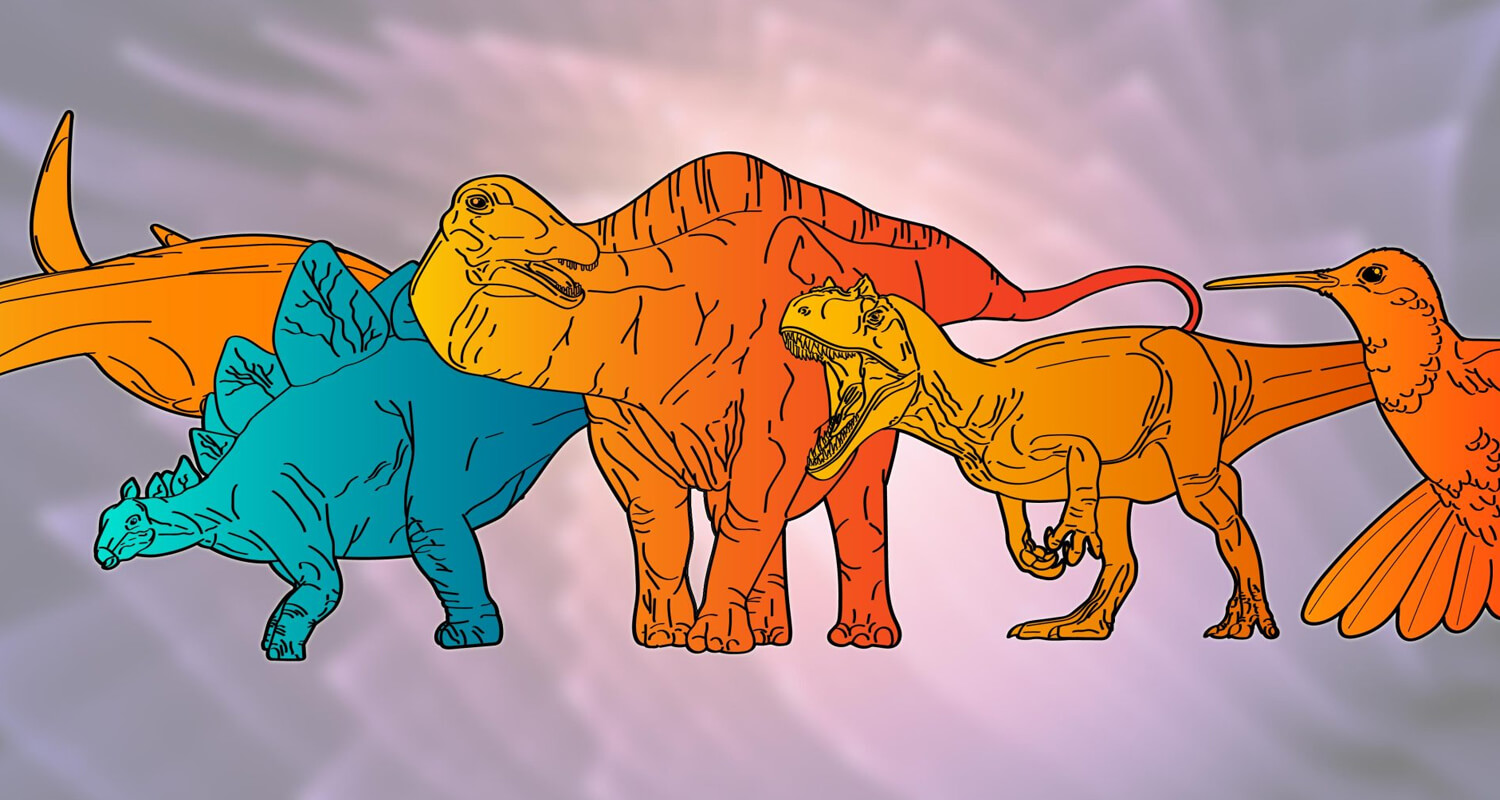 Another widespread myth about dinosaurs is that they were all cold-blooded, like modern reptiles such as lizards and snakes. This idea comes from the way dinosaurs were portrayed in older depictions, where they were slow-moving, sluggish creatures basking in the sun to regulate their body temperature.
Another widespread myth about dinosaurs is that they were all cold-blooded, like modern reptiles such as lizards and snakes. This idea comes from the way dinosaurs were portrayed in older depictions, where they were slow-moving, sluggish creatures basking in the sun to regulate their body temperature.
Fact: While it's true that some dinosaurs were cold-blooded (ectothermic), many were likely warm-blooded (endothermic). Evidence suggests that at least some species of dinosaurs, such as theropods like the Velociraptor, were warm-blooded or had metabolic systems that allowed them to maintain their body temperature. This would have made them more agile and better suited for hunting or fleeing predators. Some dinosaurs may have also had a combination of traits from both cold-blooded and warm-blooded animals.
Myth 5: Stegosaurus Had a Tiny Brain
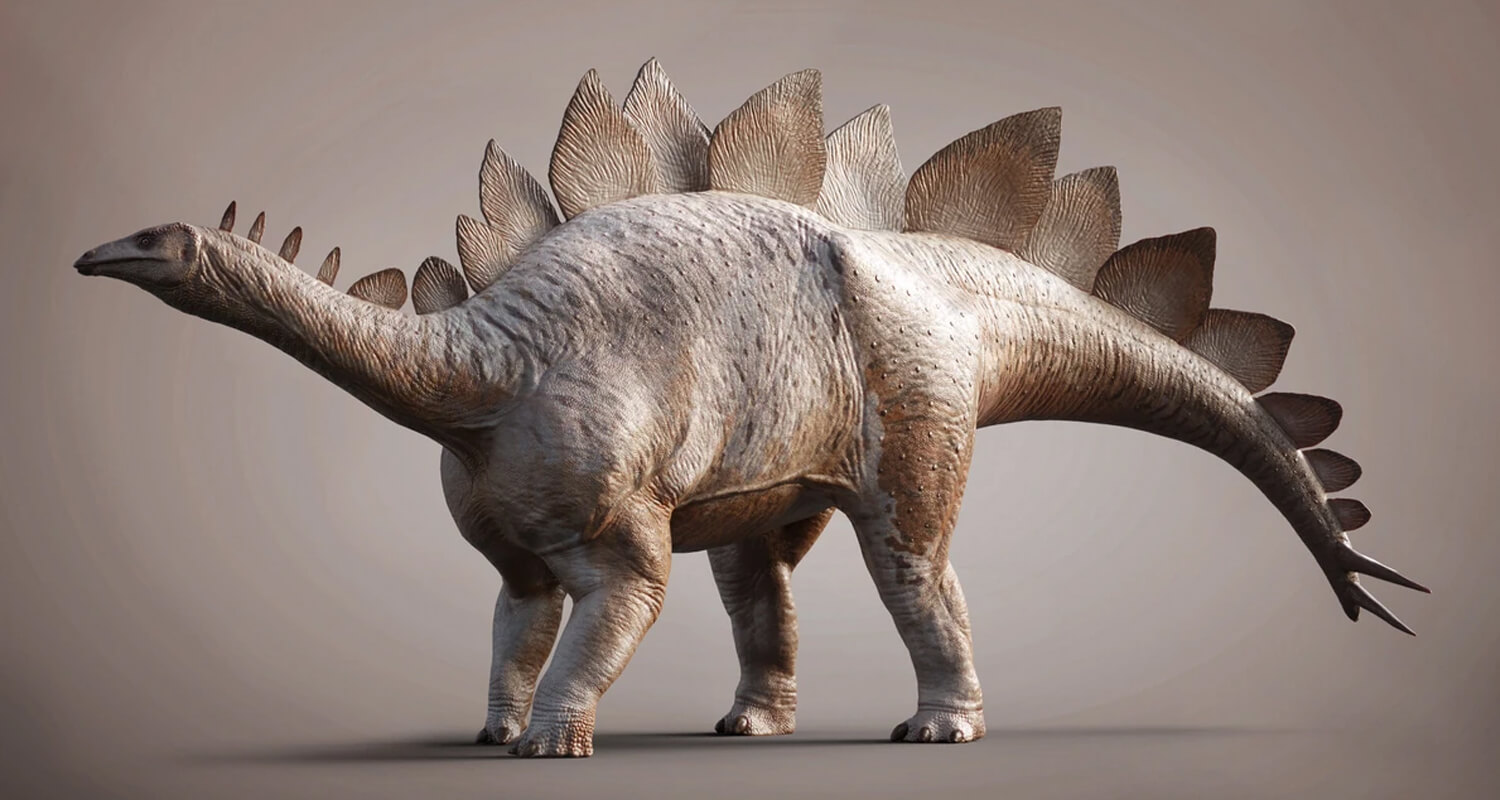 The Stegosaurus is often depicted as having a comically tiny brain, and many people assume that it was a dim-witted animal due to its small brain size in relation to its massive body.
The Stegosaurus is often depicted as having a comically tiny brain, and many people assume that it was a dim-witted animal due to its small brain size in relation to its massive body.
Fact: While it's true that the Stegosaurus had a relatively small brain for its size, it did not mean it was unintelligent. The brain-to-body ratio often misleads people into thinking animals with small brains are less intelligent. Stegosaurus likely had well-developed sensory systems and was equipped with instinctual behaviors that helped it survive in its environment. It's also important to note that many modern animals, such as reptiles and birds, have small brains relative to their body size yet are capable of complex behaviors.
Myth 6: Dinosaurs Were Scaly Like Reptiles
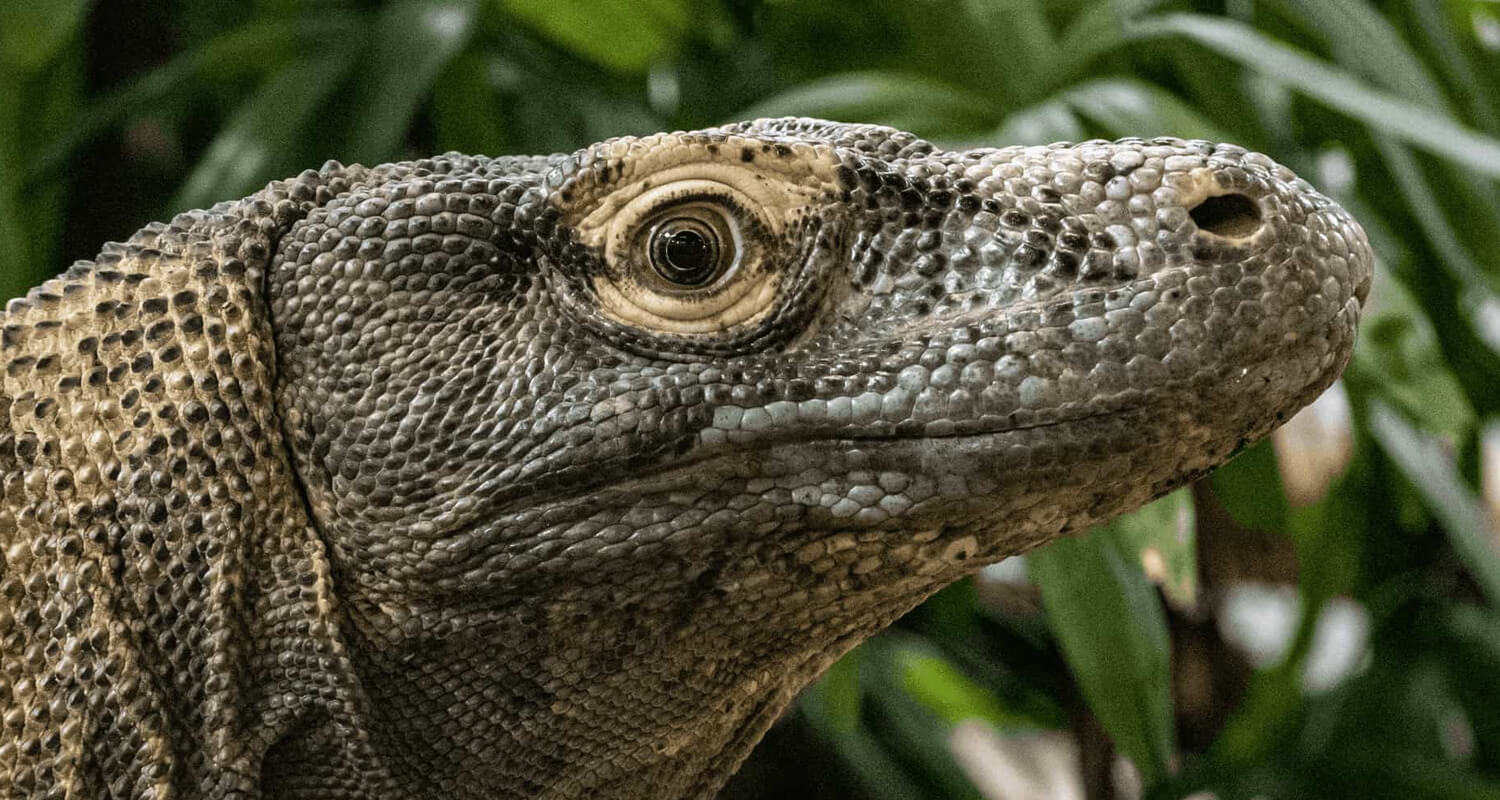 For a long time, we thought of dinosaurs as large, scaly reptiles. This misconception was partly due to early depictions of dinosaurs in books and movies, as well as comparisons to modern reptiles like crocodiles and lizards.
For a long time, we thought of dinosaurs as large, scaly reptiles. This misconception was partly due to early depictions of dinosaurs in books and movies, as well as comparisons to modern reptiles like crocodiles and lizards.
Fact: In recent years, fossil evidence has revealed that many dinosaurs, especially theropods, had feathers or feather-like structures. Fossils of dinosaurs like Archaeopteryx have shown clear evidence of feathers, suggesting that feathers evolved long before the first birds appeared. These feathers may have helped with thermoregulation or even flight, and they challenge the old notion that dinosaurs were scaly like modern reptiles.
Myth 7: Pterosaurs Were Dinosaurs
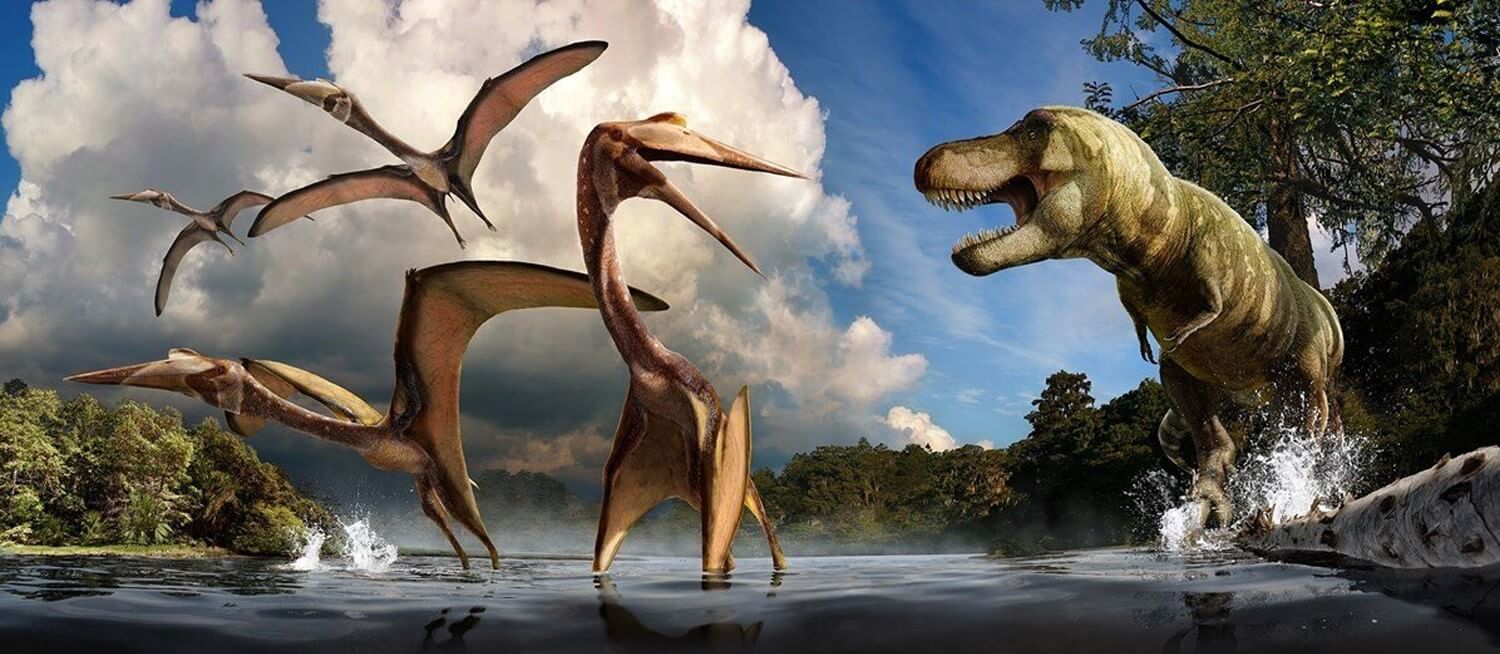 Pterosaurs, the flying reptiles often seen soaring alongside dinosaurs in popular media, are frequently mistaken for dinosaurs. However, despite their similar appearance and prehistoric timeline, pterosaurs were not actually dinosaurs.
Pterosaurs, the flying reptiles often seen soaring alongside dinosaurs in popular media, are frequently mistaken for dinosaurs. However, despite their similar appearance and prehistoric timeline, pterosaurs were not actually dinosaurs.
Fact: Pterosaurs were a separate group of reptiles that lived during the Mesozoic era. While they shared the same environment as dinosaurs, they were not classified as dinosaurs. Pterosaurs had distinct features like wingspans of up to 33 feet and were more closely related to modern-day birds and crocodiles than to dinosaurs.
Myth 8: Dinosaurs Were Completely Extinct by the End of the Cretaceous
 It's commonly believed that dinosaurs were completely wiped out by the end of the Cretaceous period, leaving no trace of their existence behind.
It's commonly believed that dinosaurs were completely wiped out by the end of the Cretaceous period, leaving no trace of their existence behind.
Fact: While it’s true that the majority of dinosaur species went extinct at the end of the Cretaceous, some dinosaurs survived and evolved into what we know today as birds. Modern birds are actually the direct descendants of theropod dinosaurs, meaning that in a sense, dinosaurs are not entirely extinct. The link between birds and dinosaurs is one of the most exciting discoveries in paleontology.
Conclusion
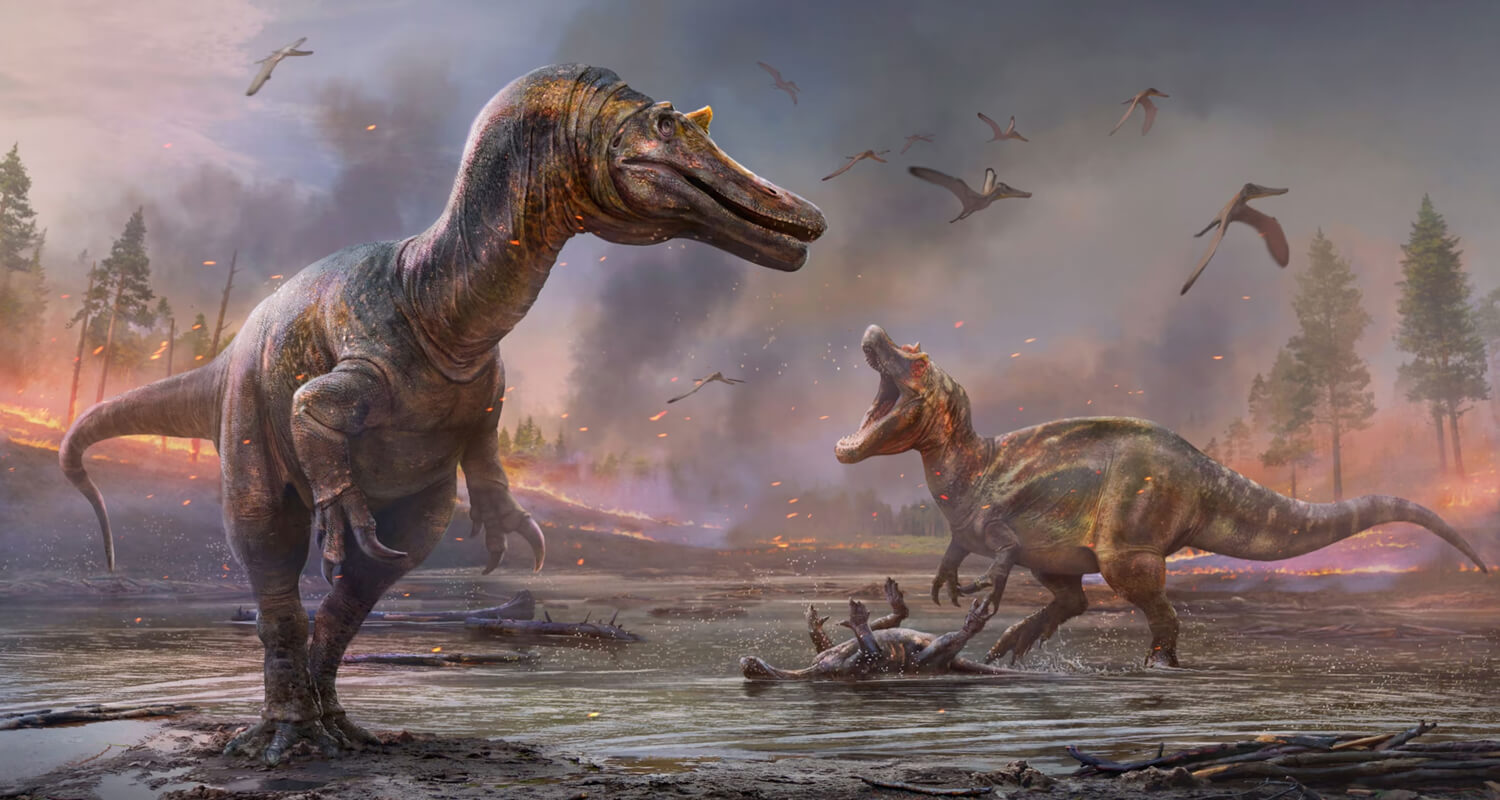 Dinosaurs continue to captivate our imaginations, but it's important to separate myth from fact when discussing these incredible creatures. Thanks to ongoing research and new discoveries, our understanding of dinosaurs has evolved, and many of these old misconceptions have been debunked. By understanding the true nature of dinosaurs, we can appreciate their diversity, behavior, and significance in Earth's history.
Dinosaurs continue to captivate our imaginations, but it's important to separate myth from fact when discussing these incredible creatures. Thanks to ongoing research and new discoveries, our understanding of dinosaurs has evolved, and many of these old misconceptions have been debunked. By understanding the true nature of dinosaurs, we can appreciate their diversity, behavior, and significance in Earth's history.
To bring dinosaurs back to life and help people better understand these fascinating creatures, Gecai Culture offers a range of animatronic dinosaurs that are both scientifically accurate and highly customizable. Whether you're looking for a T. rex or a Velociraptor, our animatronic models are perfect for museums, theme parks, and educational exhibitions, giving people an immersive, hands-on experience with these ancient creatures. Our products help bridge the gap between myth and reality, providing a lifelike representation of what dinosaurs may have truly been like.

